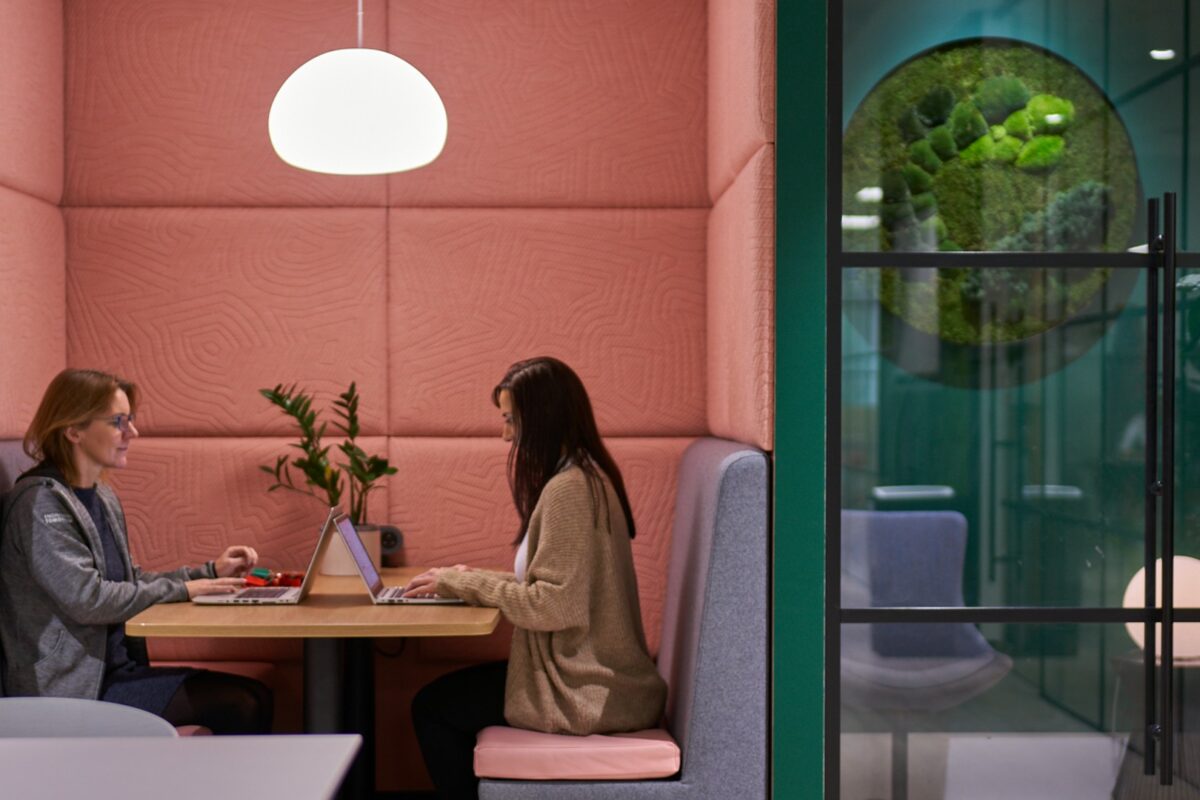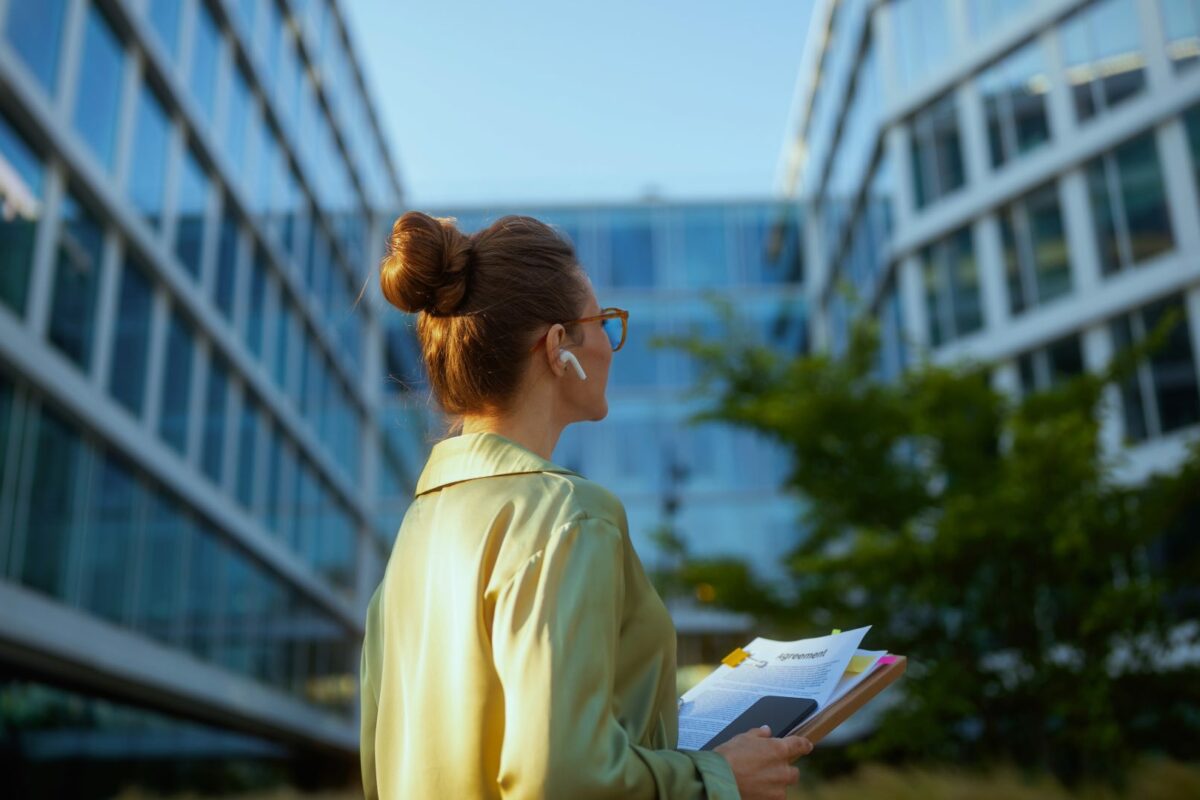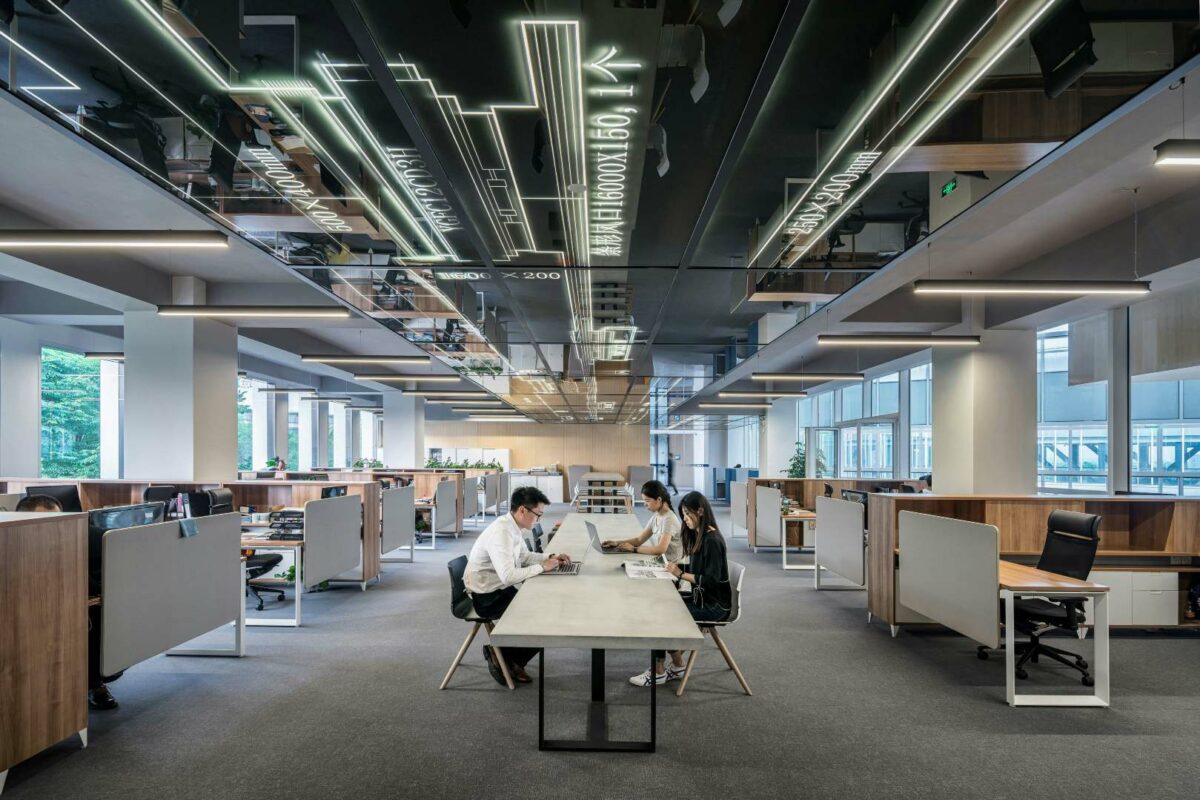Ask Canadian architect Raefer Wallis to rate the importance of air quality, and he doesn’t miss a beat. “It outranks food and water,” he says, simply. “We can live for three weeks without food and three days without water, but we can’t survive more than three minutes without air.
“I’m often approached by people who tell me they want their building to be healthy and they’re not sure where to start. But it’s a no-brainer. You’re breathing 15,000 litres of air a day and just a small change in CO2 levels can cause a 10-20% drop in productivity.”
Wallis has been lauded as a “guiding light” for his pioneering work in pursuit of healthier buildings. Based in Shanghai, he created ORIGIN, the largest public resource of data on building materials. He is also the CEO and creator of RESET, a technology-driven healthy building standards and certification program which focuses on indoor air quality and the wellbeing of the occupants. Sensors are used to provide real-time data, which shows fluctuations in air quality and allows building owners and facilities managers to alter their behaviour accordingly.
Deeper awareness
There’s no doubt that the last two decades have seen a seismic shift in the way we think about the air we breathe. According to the World Health Organisation, air pollution kills around 7 million people worldwide each year and is the single biggest environmental health risk. And when it comes to internal air quality, we are becoming increasingly aware of the invisible toxins emanated from furniture, paint and cleaning products.
“I’ve been working on this topic for 15 years,” says Wallis. “At first nobody knew what we were talking about or why it mattered, but now internal air quality is a number one concern. We really created RESET to solve the problems we had in China, but now it’s an international system and I’m watching it be applied to projects around the world.
“We started RESET because we realised how volatile air quality was, and that there were no standards for tracking it in continuous time. It should be measured at the very least once an hour, not just once every quarter.
“Over the years we realised we needed to set standards for the hardware and installation too – where you physically place sensors is critical. Then there are the software standards, which form the foundation of RESET. The easiest place to cheat with data is with the software.”
A global collaboration
Nobody may have known what Wallis was talking about in 2004, but fast-forward 15 years and there’s a radical change. This week, RESET announced its partnership with the World Green Building Council, leading a global air quality campaign in collaboration with the Wilson Centre and the Earth Day Network.
Named Plant a Sensor, the campaign champions the worldwide roll-out of air quality monitoring devices in and outside buildings. It will further the work of the World Green Building Council’s campaign, Air Quality in the Built Environment, with the aim that the data collected will lead to an international boost in awareness around the magnitude of the air pollution crisis.
“We cannot improve what we cannot measure, and that is particularly true for an invisible airborne threat,” says Wallis. “The size, urgency and threat of environmental issues needing to be solved by our current and future generations is beyond the ability of any single organisation or government to address. Decisions and actions at all levels need to be based on facts. For this, good quality data must be easily made accessible and easily shared. This partnership serves as an international catalyst for all those goals.”
Invisible hazards
So, when it comes to internal air quality, what exactly are the invisible threats? And what impact can they have on those using a space?
“Without question the top global concern is VOCs [volatile organic compounds],” explains Wallis. “The second is CO2, which is more of a productivity and comfort concern, then closely behind that is particulate matter. Then there are geography-specific hazards, such as ozone in places with lots of chemical manufacturing.”
VOCs are released by many of the products that surround us day-to-day, including some paints, glues, wood preservatives, cleaners, building materials, furnishings, copy machines and printers.
“Sources can include some of the glues that go into plywood, pressed boards and veneers,” says Wallis. “There are glues we don’t even think about too, such as those that fill some carpets. Flooring and board materials are often big culprits. Our understanding of VOCs is pretty medieval, but the ability to measure air quality in real-time means the topic is hitting a whole other level of maturity.”
The impact on wellbeing
Wallis cites dizziness, nausea, red eyes and concentration issues amongst the symptoms triggered by high levels of some VOCs. “Those are common symptoms,” he explains. “At the other end of the spectrum is plain death, and there are more cases of that than we want to account for. It’s thought long term exposure may be linked to cancers and leukaemia.”
As well as health concerns, high levels of VOCs have alarming consequences for productivity. A study by the Harvard School of Public Health suggested a 13% decrease in productivity for every 500μg/m3 increase in VOC. Likewise, a 21% drop in productivity was also associated with a 400ppm increase in CO2. With staff often accounting for 90% of overheads, these represent a staggering cost for any business and a strong economic incentive to implement RESET.
“We’ll show the Harvard study to a client, then run the numbers on a base productivity increase of 10%,” says Wallis. “It’s a conservative approach to the Harvard numbers but, even then, we can show insanely short payback periods of anything from four hours to one month.”
A focus on liability
Yet Wallis adds that while productivity was once a key driver for clients, there is a gradual shift in the conversation.
“At the start, it was all about productivity,” he says. “But now we’re getting interest around the topic that nobody wants to talk about in public, which is liability. It’s one of the main reasons people pursue RESET, because now it’s possible for an employee to walk into any office with a consumer grade monitor and get an indication of what’s going on in terms of air quality.
“It’s critically important for building owners and corporates to be 100% on top of it – they want to manage and deflect issues before they become issues. Today, the conversations are less about how much more money a company can make if they implement RESET. Instead, it’s more about how much business they could lose if they are shown to have poor air quality.”

To find more content on internal air quality, click here.
For more information about Plant a Sensor, including opportunities to get involved please see worldgbc.org/clean-air-buildings. Click here for more information on RESET.
Sophie Barton
Sophie Barton is our Features Editor. She a journalist and editor with 20 years’ experience in the national media, specialising in wellbeing and lifestyle.




